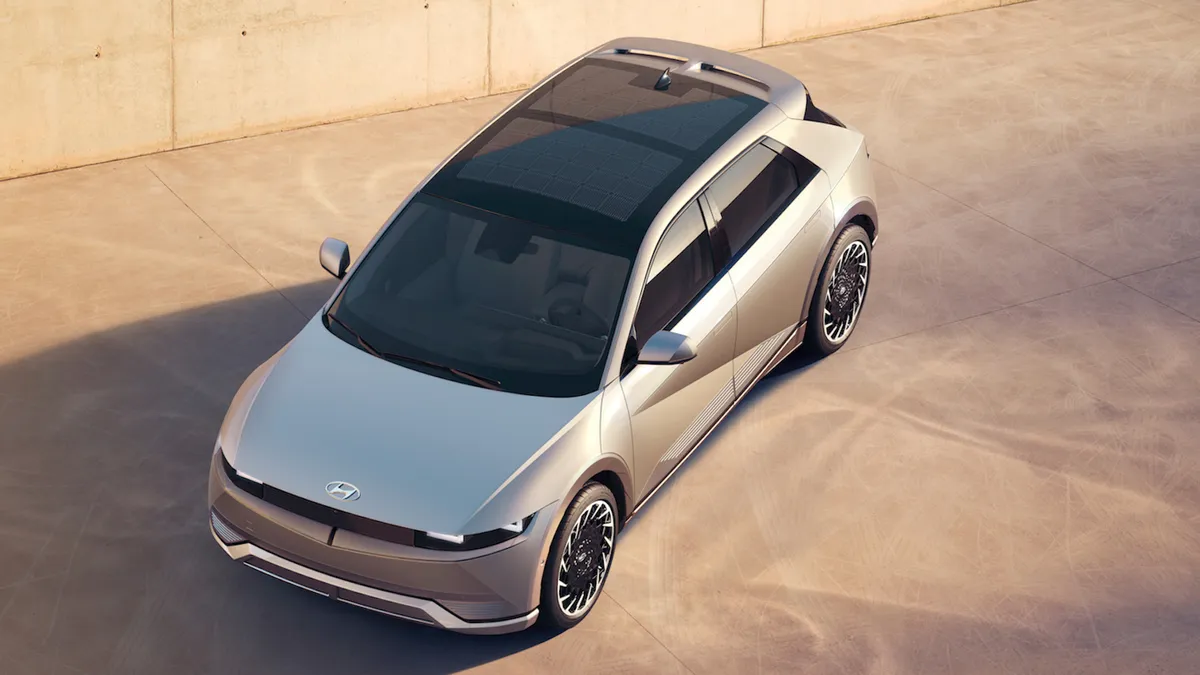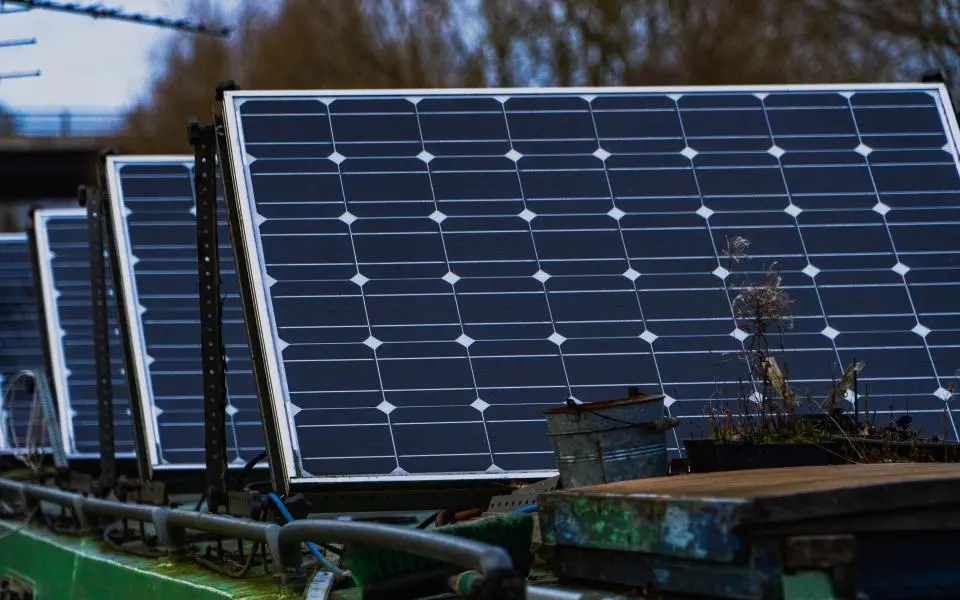Solar power on electric vehicles isn’t a good idea. Cars that run on electricity are missing the point of EVs. They’re not meant to replace traditional automobiles 100% in the foreseable future. Instead, they should be viewed as ancillary uses for transportation, at least for now. Electric cars are great because they are pollution-free and can drive anywhere anytime without worrying about leaving a trace behind. They also have a distinct advantage over conventional vehicles in that they drive more quiet and over 2x more torque than any petrol vehicle in existent. However, there are still some downsides to this green future. For one, batteries have a limited lifespan so recharging often is essential for long-distance drivers. To top it all off, solar panels are expensive (especially if you want large arrays) and add extra weight to the vehicle since it needs extra space to house the panels and other electrical equipment. All these translates into added weight and cost to the car.
Solar Panel Basics
Solar panels are a great idea for your home, but they might not be the best fit for your electric vehicle. The power output of a solar panel is measured in watts, but you can think of it as the amount of energy it creates for every square meter. This is calculated by multiplying the panel’s efficiency (the amount of energy it can produce per unit of sunlight) by its area.
The efficiency of a solar panel depends on two things: how much sunlight there is, and how the material used to make the panel conducts light. The more sunlight there is, and the better that material conducts light, then the more energy your panel will be able to produce.
Here’s a breakdown in simpler form :
- A typical 1 square meter solar panel produces about 320 Watts.
- 1 kWh of energy takes it about 3 hours of sunlight. And this assumes you have optimal sun exposure
- A car could fit in 2 square meters max
- A typical EV has 70 kWh battery.
- So
70 x (3/2) = 105hours. 105hours to fully charge an EV via a 2 square meters solar roof. - Given that you have 12h of sun exposure. That’s roughly 9 days just to have your EV charged from a solar roof on your car!
- Also, the 12h was assumed to be full blast noon solar radiation. So the 9days is the absolute minimum. I would say, a ballpark of 30days would be possible for a full solar charge on your EV via a solar roof.
Solar Panel Fitted on an Electric Vehicle is just bad
Solar panels are great for energy efficiency. They can help you save money by replacing your utility bill with self-generated energy. But solar panels are not great to install on an electric car because they’re inefficient, adding weight and cost to your vehicle without providing any benefit in return.
The reason is simple: solar panels convert sunlight into electricity; however, only a fraction of that sunlight actually reaches the panel itself. The rest of the sunlight is blocked by the glass covering it, or reflected away by other objects in the sky like clouds or buildings. This means that less energy reaches the panel than what would have been available if there were no obstructions (like clouds). The best solar panel you could get today only have the efficiency of 20%!
Additionally, solar panels take up space on your roof that could otherwise be used for something else—like insulation or insulation material!

Is there really benefits for having a solar roof on my EV at all?
In the long run, maybe. Just maybe. The Hyundai Ioniq 5 has a solar option for some countries. Hyundai touted that, “extra 2,000 km per year” of range. As mentioned, you need to achieve optimum condition in order to get the required 2,000 km range. Also assuming that you’ll be busy driving the car during daytime for at least 6hours! This must be seen as just a marketing gimmick Hyundai. You should opt this out if you were to purchase the Hyundai Ioniq 5.
Conclusion
The calculations I’ve done above doesn’t take into account of the extra weight added for the ‘mini charging solar infrastructure’ inside the car. Any added weight would lower down the range that you could achieve for your electrical vehicle. Additionally, you’ll be paying extra cost just for the solar panel roof. Like the Hyundai Ioniq 5, it cost an extra $5,000! My advice, for any EV options you have at your disposal. Just avoid the solar panel roof option. The cost could be saved for better in-house AC charger. Or just, keep it as your EV charging cost. The 5 grand goes a long way.
